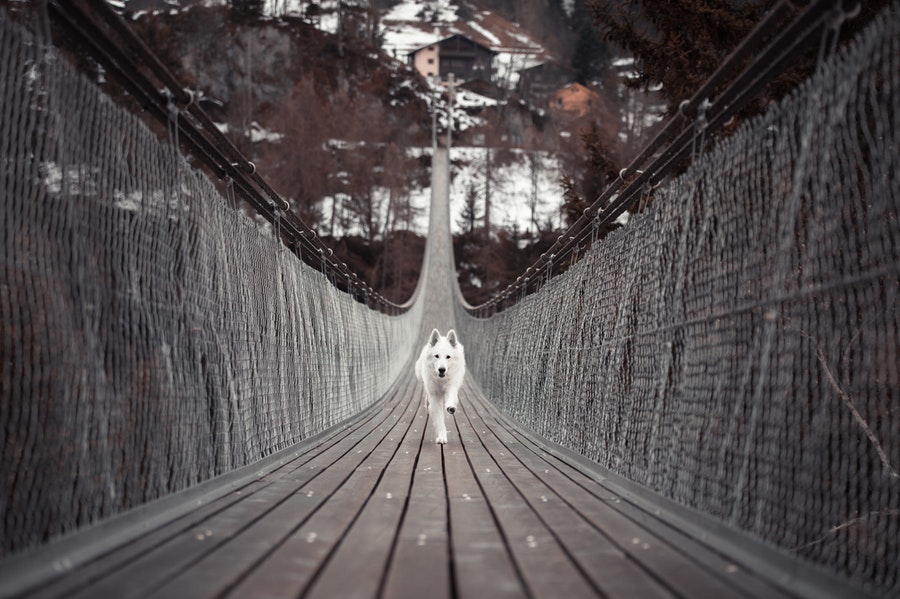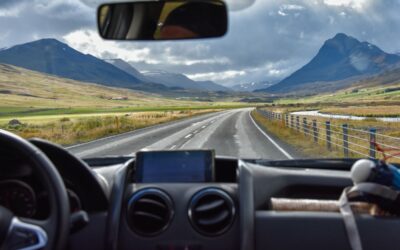Every Remembrance Day we commend our soldiers and veterans for their efforts in the field. It is well deserved, but there is a lot of behind the scenes logistics that keep a military running. Feeding and keeping the troops stocked is a massive process. Morale can be even harder to keep up, which is why militaries around the world have mascots, some have even been affectionately given titles and ranks.
A lot of mascots were in the thick of battle mainly before and during the Second World War. To the higher-ups, a mascot helped morale and gave the troops an animal with traits that, as a unit, they could aspire to. Horses are popular as they are hearty, hard-working and the core of cavalry. Goats, rams and dogs are also chosen as mascots as they are resilient and loyal.
Dogs are the staple military animal. We tend to think of them as hunters and trackers. Some parts of the military explicitly use dogs and become a team unit. During D-Day, a number of dogs were parachuted over Europe to help with the Allied invasion. Dogs even served as helpers, ambulance dogs seeking out the wounded. More recently, dogs are being used for therapy. Flynn, the therapy dog at NAIT, is a perfect example of this, as he helps students during stressful times. Other dogs have proven to be quite useful to handle post-traumatic stress disorder (PTSD).
Cats have always stayed near humans, and cats on ships have been a staple since the dawn of sailing. With the leftovers of human waste and food, rats would thrive on ships and in trenches. Given the title of Ship’s Cat, felines were brought on board to deal with rodents. When the Second World War started, every ship had a radio for faster communication, and from there the cats became celebrities. Each ship had their own feline, which would offer a sense of home and security. Unsinkable Sam was a ship’s cat who survived three sinkings from both sides of the war, before he was eventually retired and sent to a sailors’ home.
Sometimes a soldier just bought an animal because it was fun and cheap and that animal became part of the corps. In Canada, Winnie is the most famous bear mascot. Purchased by the Canadian Army Corps and named after Winnipeg, he quickly became their mascot and eventually the inspiration for the lovable Winnie-the-Pooh. Wojteck is a less famous, yet fantastic example. In the Second World War, a Syrian Brown Bear was purchased by the Polish Army. Aptly named Wojteck or “joyful warrior” he achieved the rank of private during the Italian campaign. He smoked, drank and helped move munitions and it was reported that in the battle of Monte Cassino he never dropped a crate.
While animals do not go to war as often, they have evolved much like the military. Trained dogs work with soldiers, stray cats still protect food from rodents and we recognize that bringing a bear into a war zone is a bit daft. But there is something undeniably amazing about the history of animals in the military. Mascots and military animals used to go out to the front lines with the troops and offer camaraderie, companionship, a sense of home and security. The animals provided grand and impressive stories that soldiers could tell to each other.
Today soldiers still pick up stray animals and there is no end of pictures online of troops giving a little kitten milk or playing with a dog. In the thick of battle, in times of conflict and in places where there seems to be no end in sight, one little animal can raise hopes and put a smile on faces.
– Steven Smith, Entertainment Co-Editor





